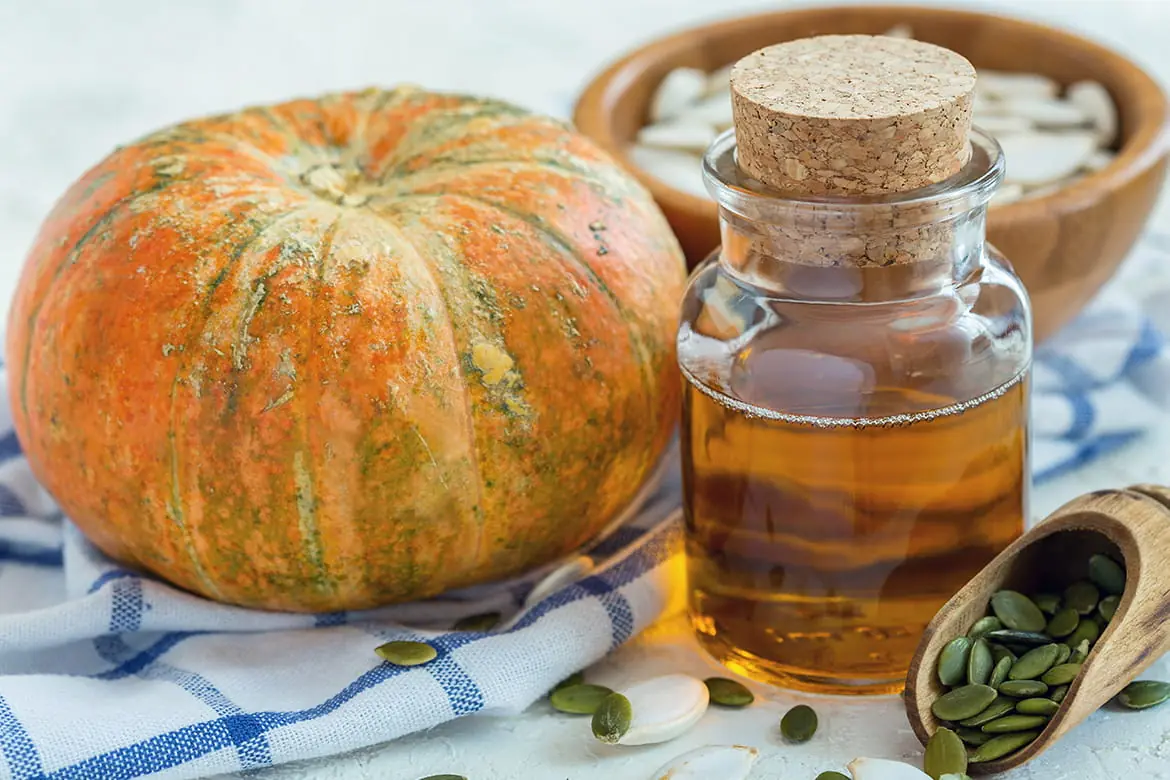
Say Goodbye to Styes

Ever opened your eyes in the morning only to discover a sore, red bump staring back at you from your eyelid? If so, you’ve likely met the not-so-welcome visitor known as a stye—or, if we’re being medical about it, a hordeolum.
While styes are generally harmless, they can be surprisingly uncomfortable — making blinking, working, or even just existing kind of miserable for a few days. The good news? Most styes resolve on their own, but natural remedies can help speed things up and ease your symptoms — no pharmacy run required.
Let’s break down what causes a stye, how to spot one, and which at-home treatments actually work.
🧐 What Exactly Is a Stye?
A stye is a small, red, often painful bump that forms on or near your eyelid, usually at the base of an eyelash. It’s caused by a blocked oil gland that becomes infected—most commonly with a type of bacteria called Staphylococcus aureus.
Think of it as a pimple on your eyelid. It’s annoying, sometimes painful, and rarely a cause for serious concern.
🔍 What Causes a Stye to Form?
Several things can increase your risk of developing a stye. Most of them come down to poor hygiene, clogged glands, or underlying skin conditions. Common culprits include:
-
Touching or rubbing your eyes with dirty hands
-
Sleeping in eye makeup (guilty!)
-
Using expired or contaminated cosmetics
-
Chronic eyelid inflammation (called blepharitis)
-
Skin conditions like rosacea
-
Health issues like diabetes or immune suppression
🦠 Translation: Bacteria + blocked oil gland = perfect recipe for a stye.
👁️ How to Spot a Stye
There are two types of styes:
-
External (on the outer edge of the eyelid)
-
Internal (inside the lid — these are often more painful)
Here’s how to know what you’re dealing with:
-
A red, pimple-like bump on or near the eyelid
-
Swelling or tenderness around the affected area
-
Discomfort or pain when blinking
-
A gritty feeling like something’s in your eye
-
Watery eyes or light sensitivity
-
Occasionally, a visible white or yellow tip filled with pus (yep—gross, but normal)
⚠️ If your stye grows rapidly, becomes very painful, or starts to affect your vision, it’s time to see a doctor.
🌿 Natural Remedies That Actually Help
If you’re dealing with a stye, you probably want relief fast. The following natural treatments are not only effective — they’re easy to do at home and often use items you already have on hand.
1. Warm Compress (Your #1 Tool)
✅ What to do:
Soak a clean washcloth in warm (not hot!) water, wring it out, and place it over your closed eyelid for 10–15 minutes. Do this 3–4 times daily.
🔥 Why it works:
The heat helps open up the blocked oil gland, allowing the stye to drain naturally. It also soothes discomfort and reduces swelling.
2. Green Tea Bags
✅ What to do:
Steep a green tea bag in hot water, let it cool slightly, then place it over your closed eye for 5–10 minutes.
🌱 Why it works:
Green tea has natural antioxidants and antibacterial compounds that fight infection and reduce inflammation.
3. Aloe Vera Gel
✅ What to do:
Use fresh aloe vera (if possible) and apply a small amount around the stye using a clean cotton swab. Rinse after 15–20 minutes.
💧 Why it works:
Aloe is soothing, hydrating, and has anti-inflammatory and mild antibacterial effects.
4. Turmeric Paste
✅ What to do:
Mix turmeric powder with a few drops of clean water to form a thick paste. Gently apply around the stye (avoid the eye itself) and rinse after 10–15 minutes.
🌟 Why it works:
Turmeric contains curcumin, a compound with strong antibacterial and healing properties.
5. Chilled Cucumber or Potato Slices
✅ What to do:
Place thin slices of cucumber or raw potato in the fridge, then rest them over your closed eyelid for 10–15 minutes.
❄️ Why it works:
They reduce puffiness, calm irritation, and provide instant cooling relief.
6. Clove Compress
✅ What to do:
Soak a few cloves in warm water for 5–10 minutes. Dip a cloth in the water and use it as a compress.
🌿 Why it works:
Cloves have natural antiseptic and numbing properties, which can help fight infection and ease pain.
7. Coconut Oil Massage
✅ What to do:
Warm a small amount of coconut oil and gently massage around the affected area using clean hands or a cotton swab. Rinse after 10–15 minutes.
🥥 Why it works:
Coconut oil is antibacterial, moisturizing, and soothing for sensitive skin.
🚫 How to Prevent Future Styes
If you’re someone who gets styes often, prevention is your best friend. Follow these simple habits to reduce your chances of waking up with another eyelid surprise:
-
Wash your hands before touching your face or eyes
-
Remove all eye makeup before bed
-
Replace mascara and eyeliner every 3–6 months
-
Don’t share cosmetics, makeup brushes, or towels
-
If you have blepharitis, clean your eyelids daily with diluted baby shampoo or tea tree oil wipes
-
Manage chronic conditions (like rosacea or diabetes) with proper treatment
💡 Pro tip: Use a warm compress once a week as a preventive step if you're prone to styes.
🏥 When to Call the Doctor
Although most styes heal without medical treatment, it’s important to know when to seek help. Call your doctor if:
-
It hasn't improved in 7–10 days
-
The swelling spreads beyond the eyelid
-
You experience vision problems
-
The stye is extremely painful or keeps coming back
-
You develop multiple styes or a hard lump that doesn’t go away
In some cases, your doctor may prescribe an antibiotic ointment, or if needed, perform a minor procedure to drain the stye.
✅ Final Thoughts
A stye might be small, but it can definitely ruin your day. Fortunately, with a little patience and some natural remedies — from a warm compress to green tea or a soothing aloe dab — you can help it heal faster and more comfortably.
And remember: Clean hands, clean makeup, and clean lids are your best defense.
The next time you feel that all-too-familiar sting, you’ll be ready — armed with a tea bag in one hand and turmeric paste in the other.
News in the same category

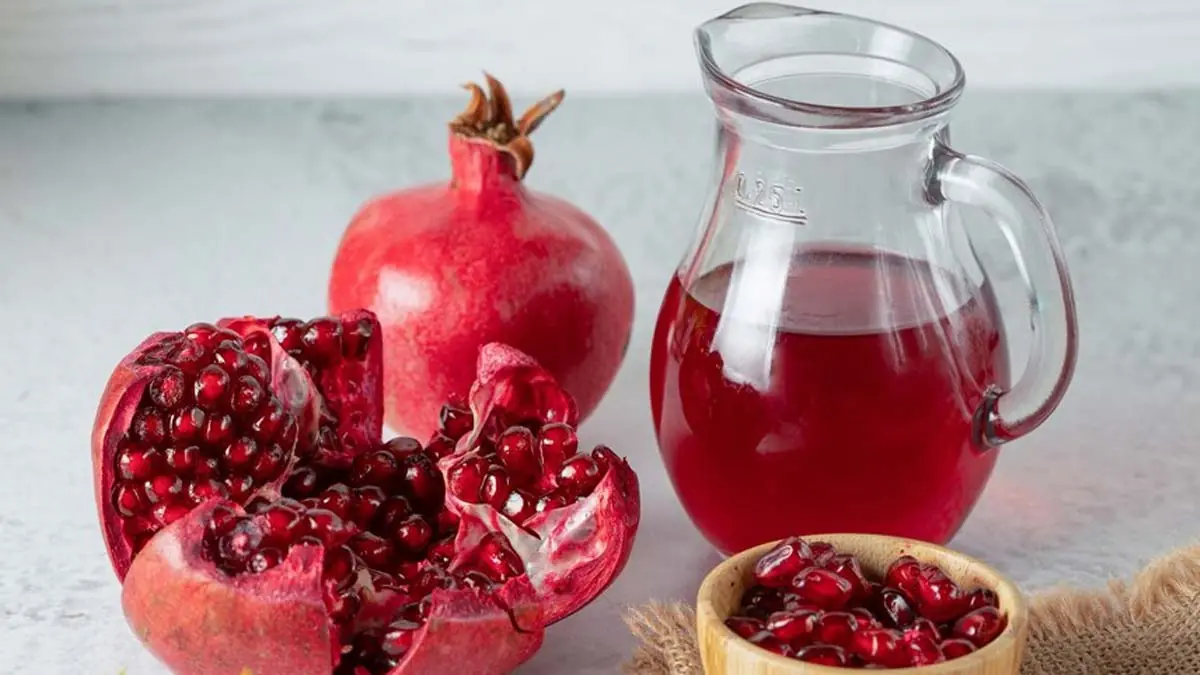
Drink One Cup Daily of This Juice to UNCLOG Arteries?
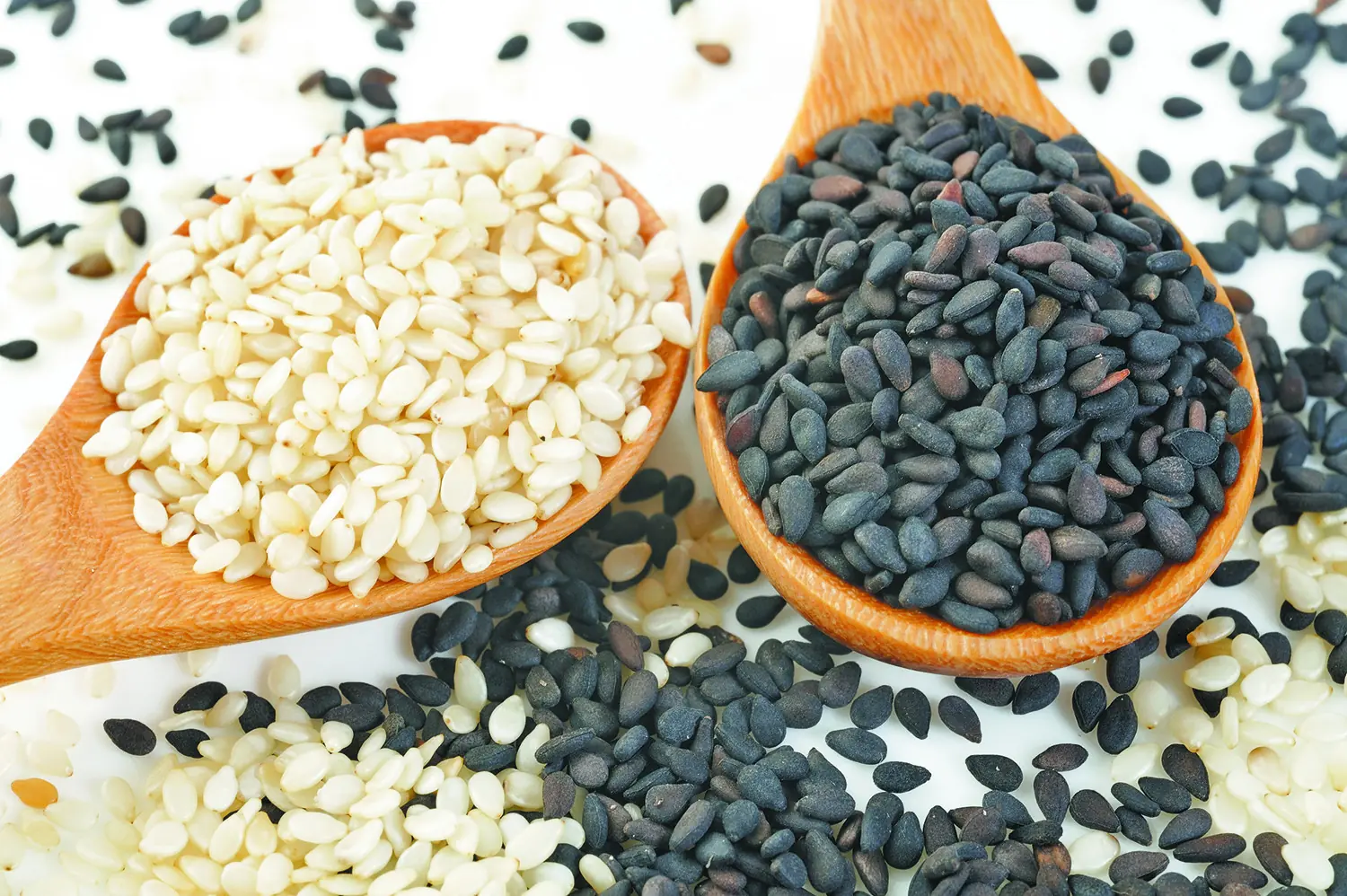
Eating Sesame Seeds Is Superior to Tylenol for Knee Arthritis
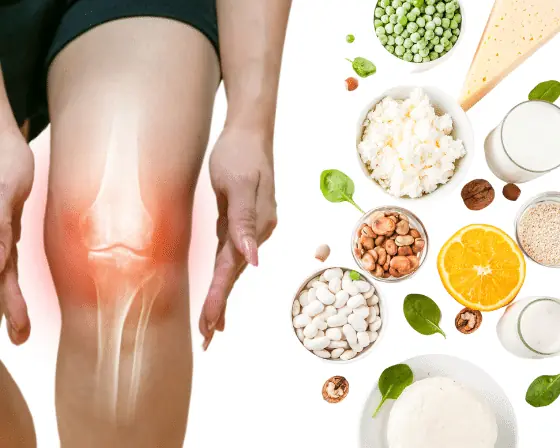
Eat Your Way to Strong Bones: The Best Foods for Pain-Free Joints
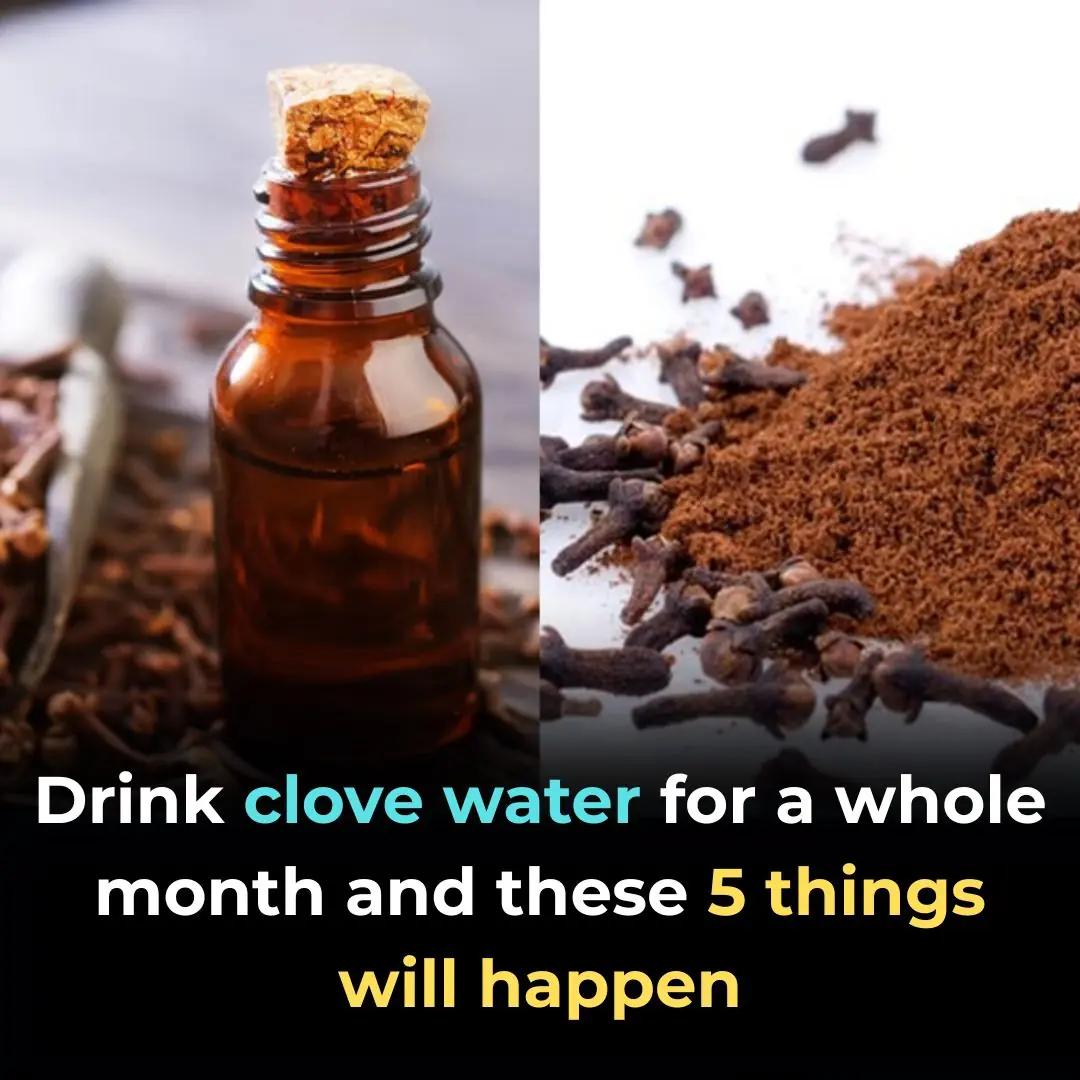
Drink Clove Water for a Whole Month And These 5 Things Will Happen

Scientists Claim Drinking A Cola Will Shorten Your Life Span By This Exact Amount
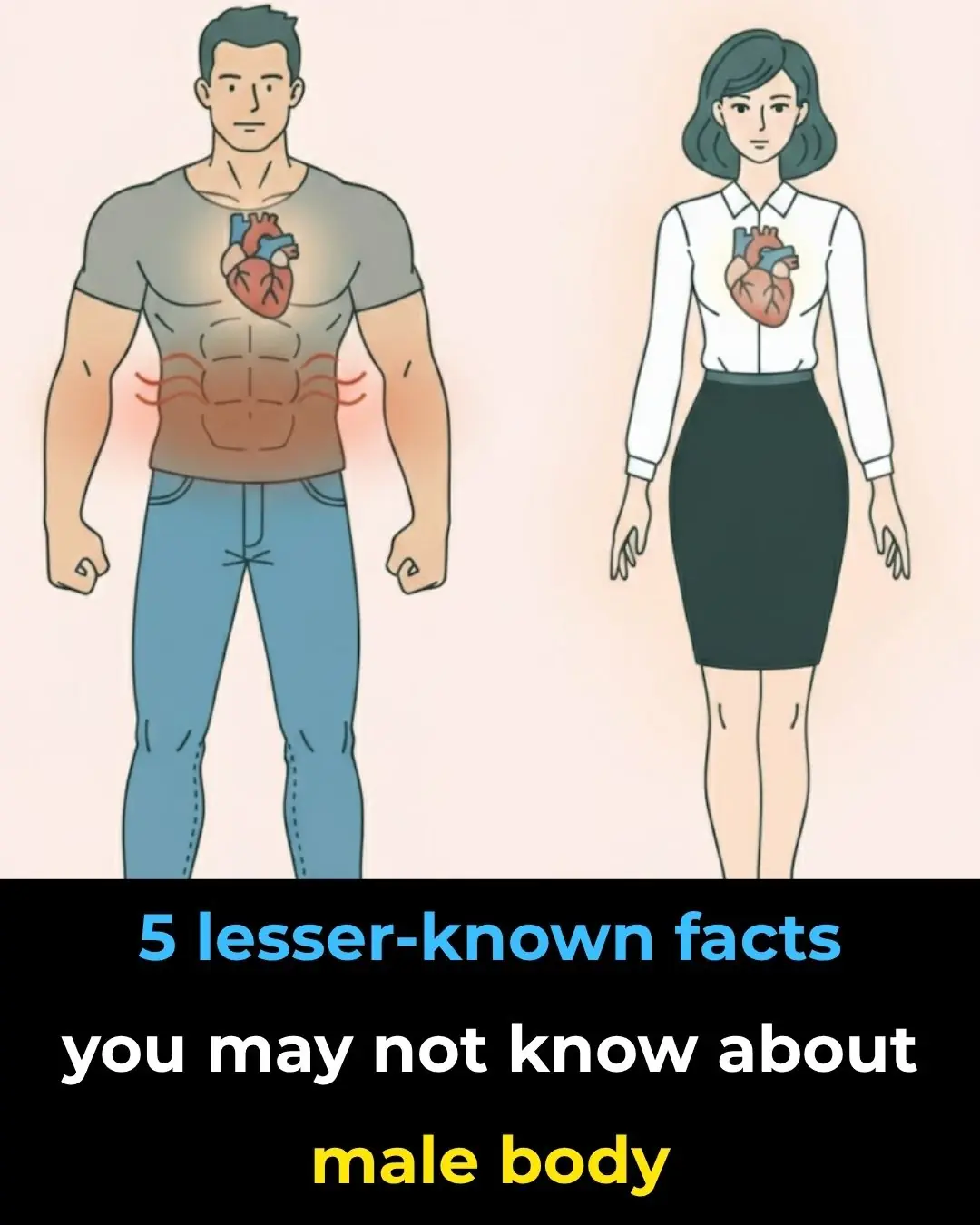
5 Lesser-Known Facts You May Not Know About Male Body

Man has stroke after bathing right after meal: 3 mistakes you shouldn’t make
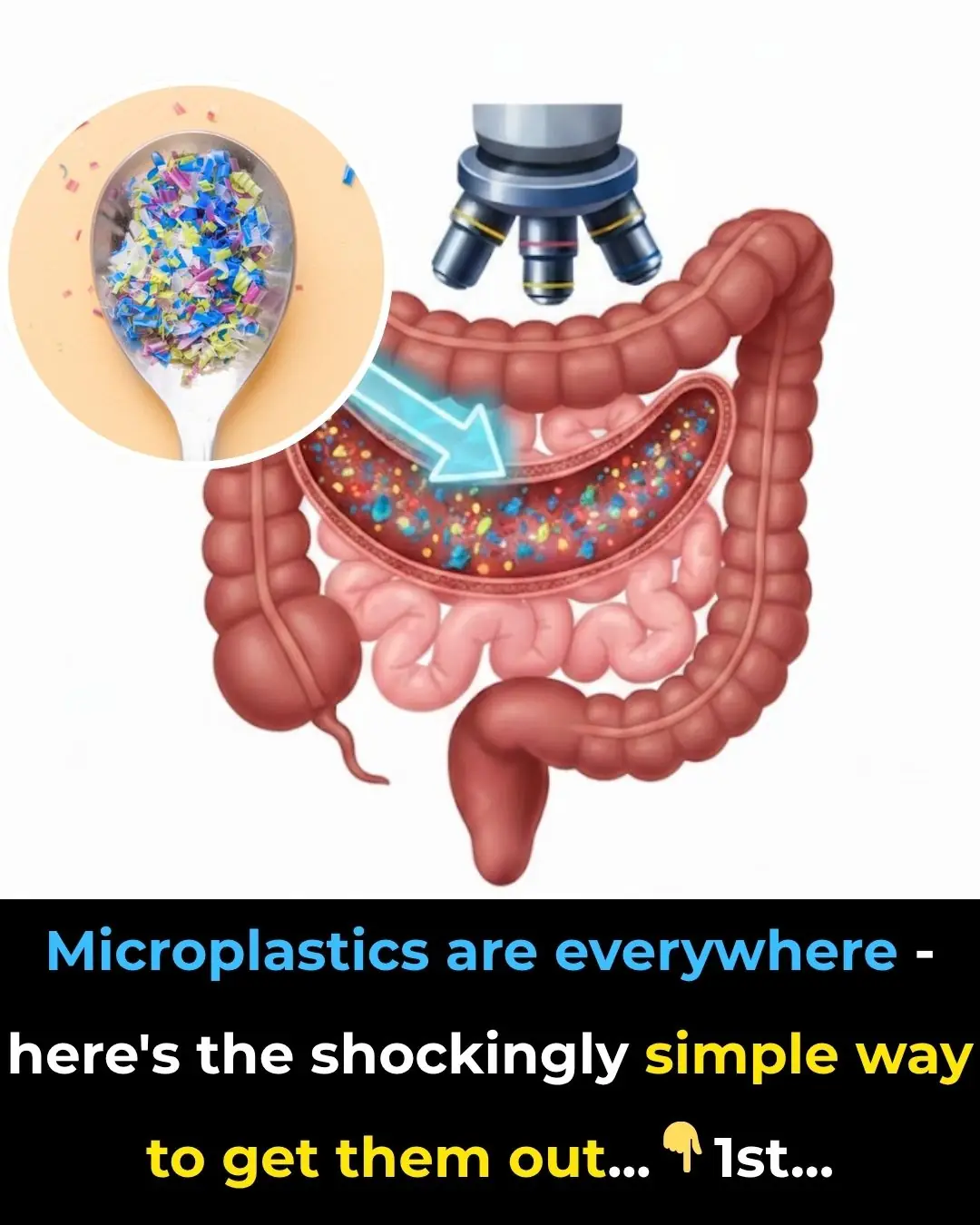
The #1 way to flush microplastics from your body (It’s shockingly simple)
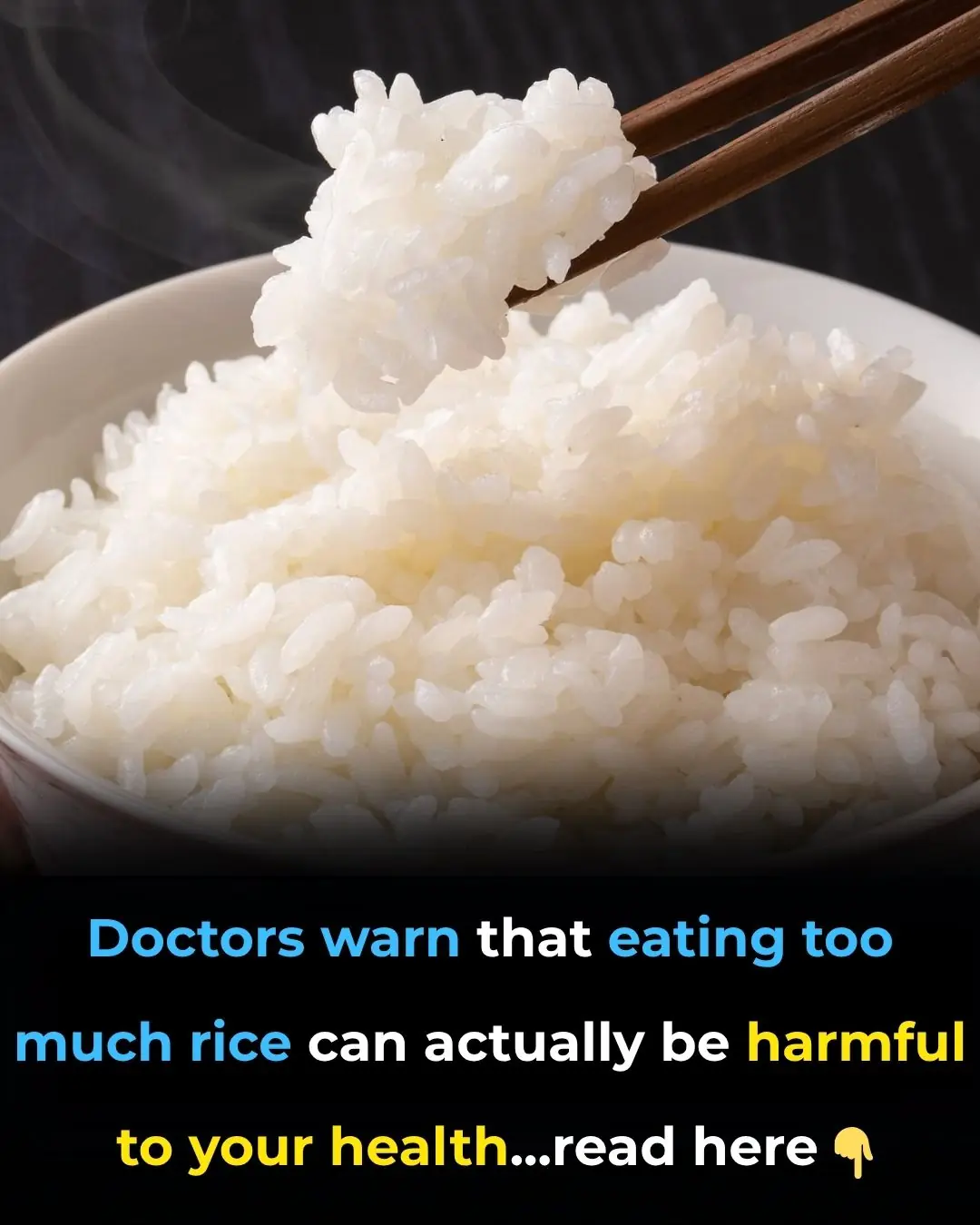
According to experts, consuming too much rice leads to…

Surprising reason why you should NEVER take a cold shower when it's hot
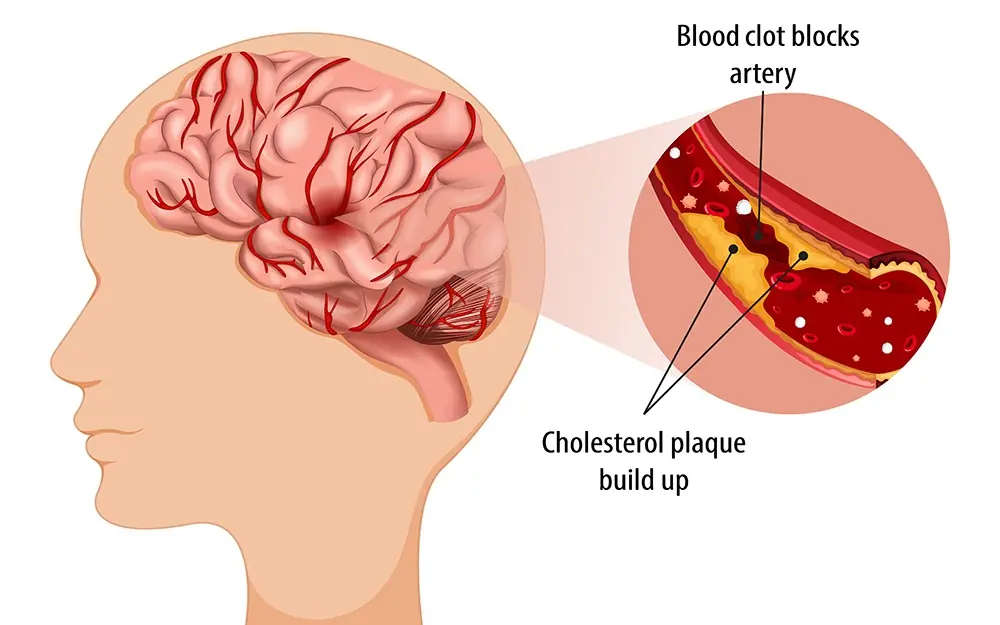
CLOGGED ARTERIES CAN CAUSE STROKES EAT THIS TO PROTECT YOUR BRAIN
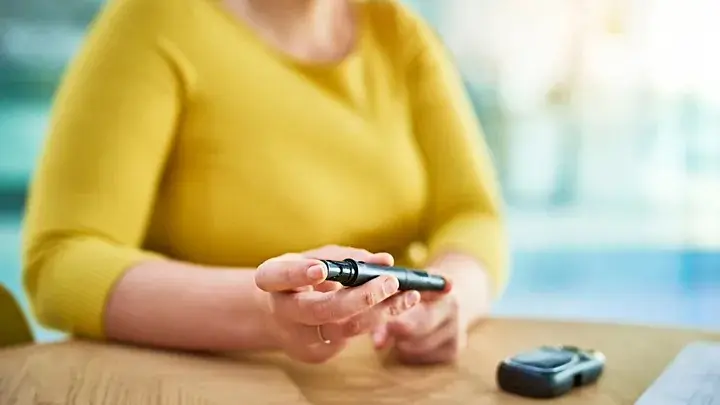
QUIET SIGNALS YOUR BODY SENDS LONG BEFORE DIABETES IS DIAGNOSED

5 Foods to Help Prevent HEART ATTACK That Nobody Talks About
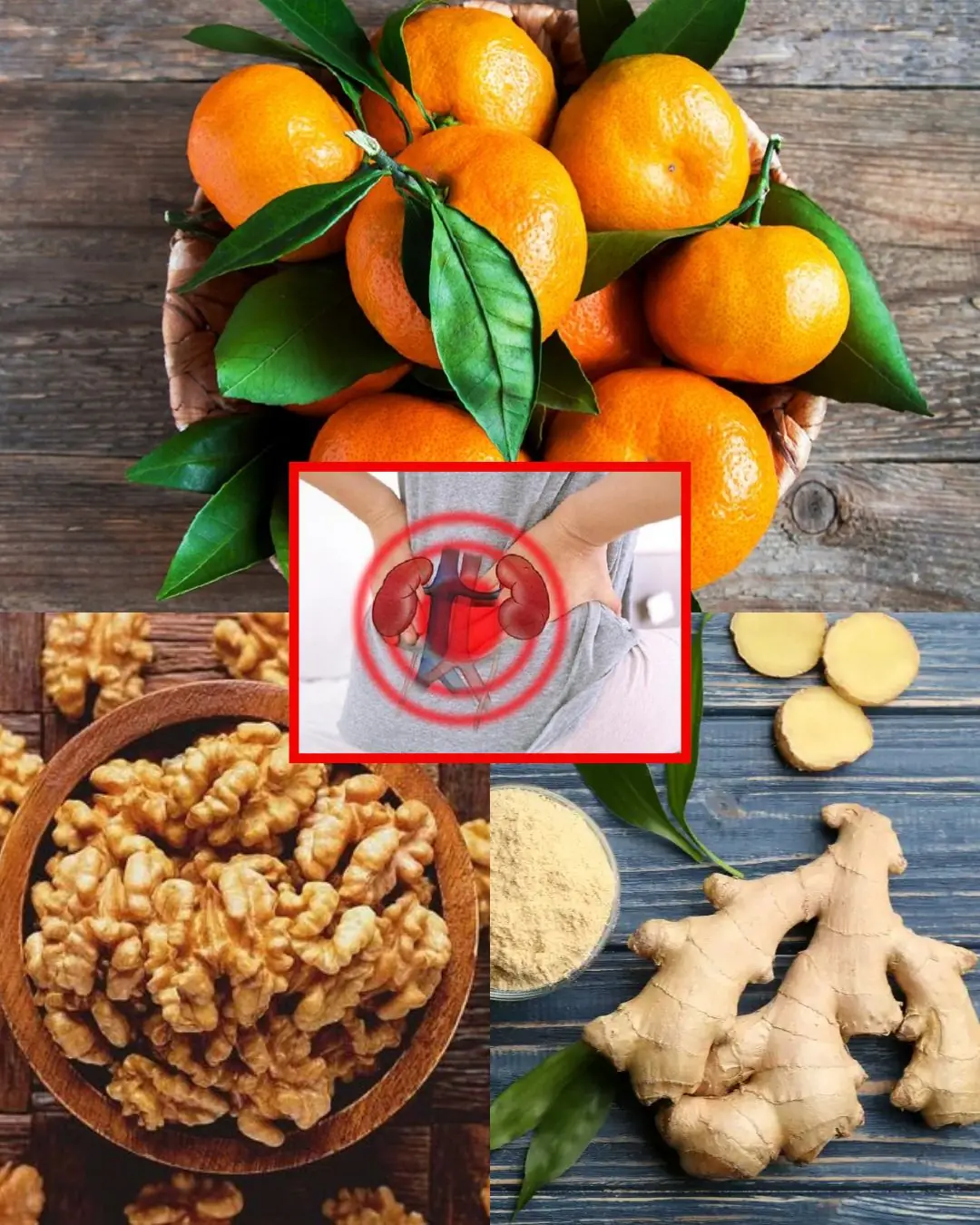
Powerful Natural Detox to Cleanse Your Kidneys, Liver & Lungs!
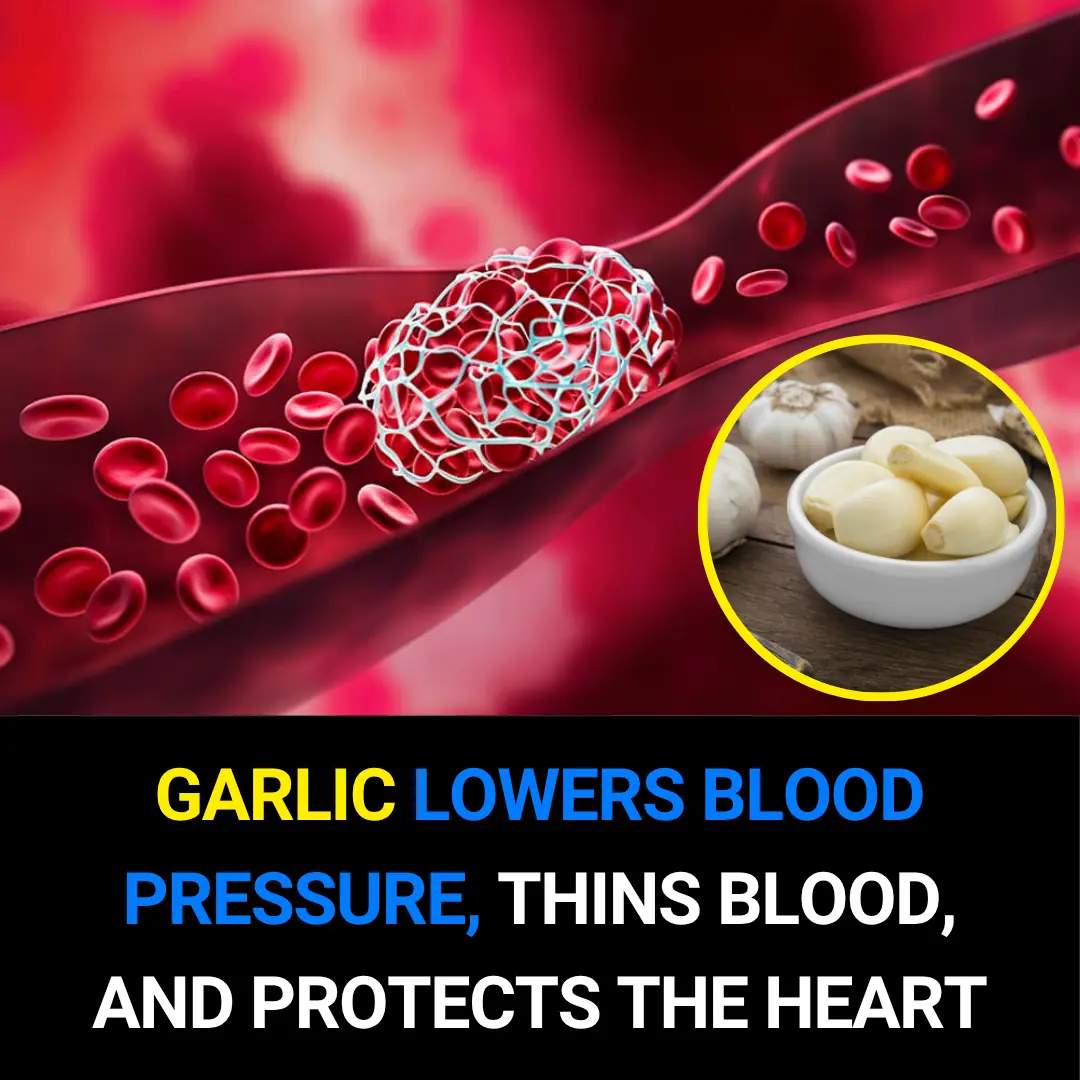
Eat Crushed Garlic to Clean Your Arteries and Prevent Heart Attack
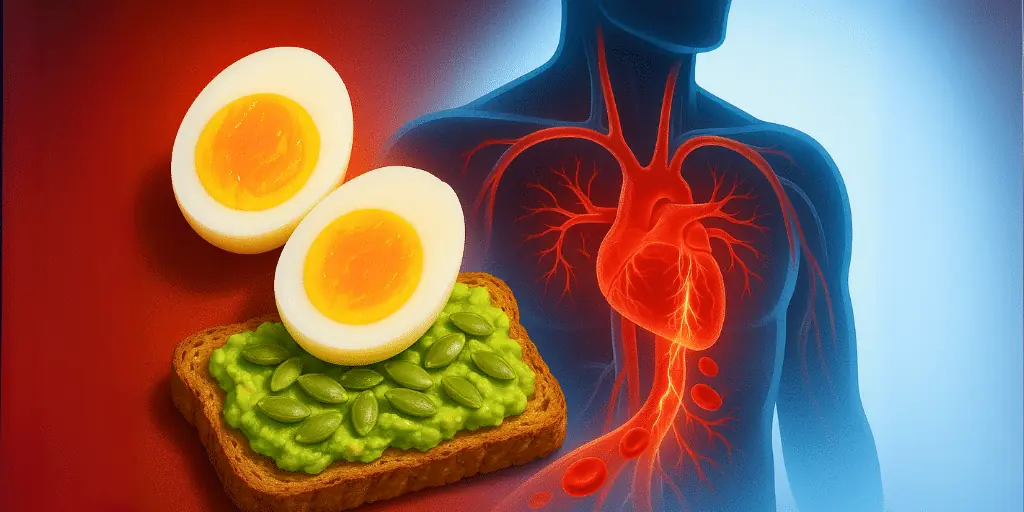
Men Over 60: Eat These 6 Breakfast Foods to Boost Blood Flow Naturally
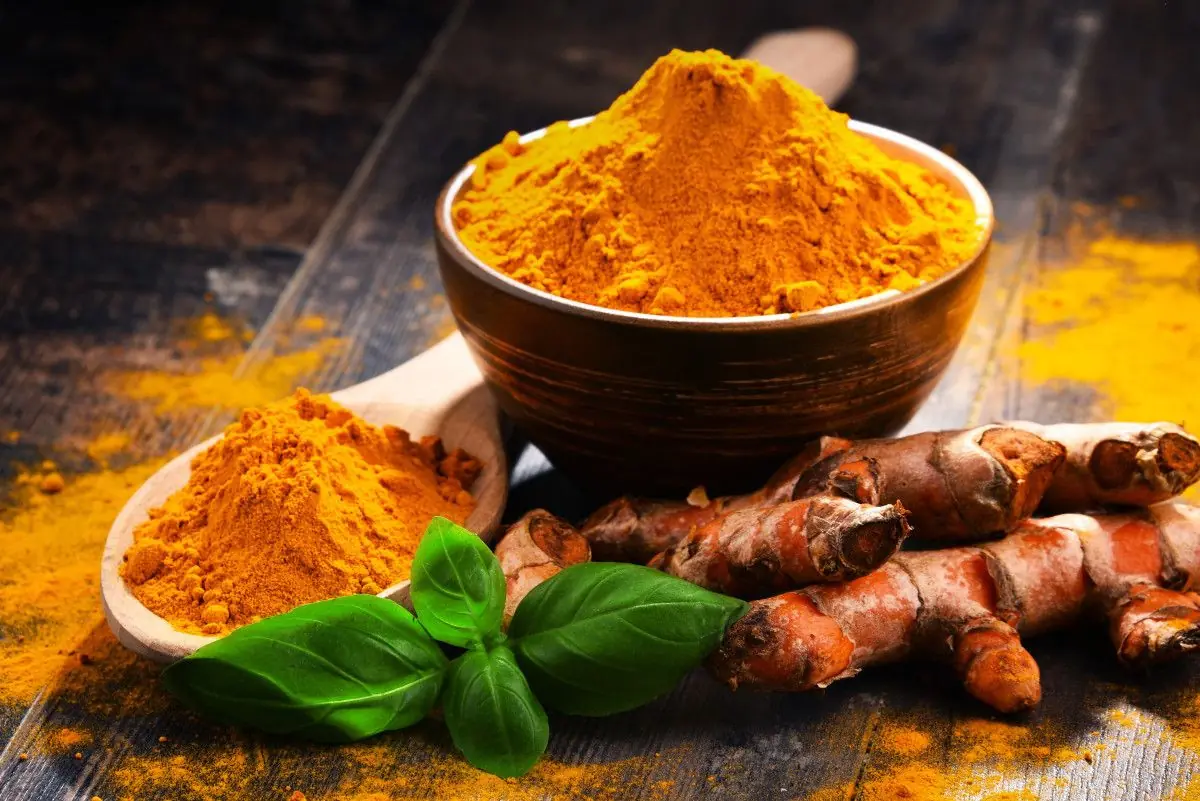
What Happens When You Take Turmeric Daily (PCOS, Diabetes, Joint Pain) – Evidence-Based
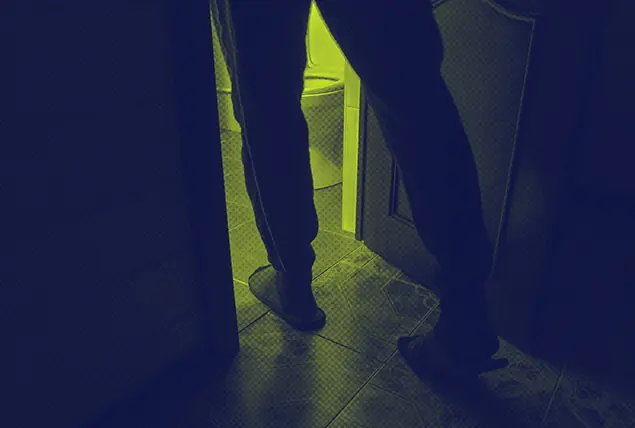
Why You Wake Up to Pee at Night (and How to Stop It for Good!)
News Post
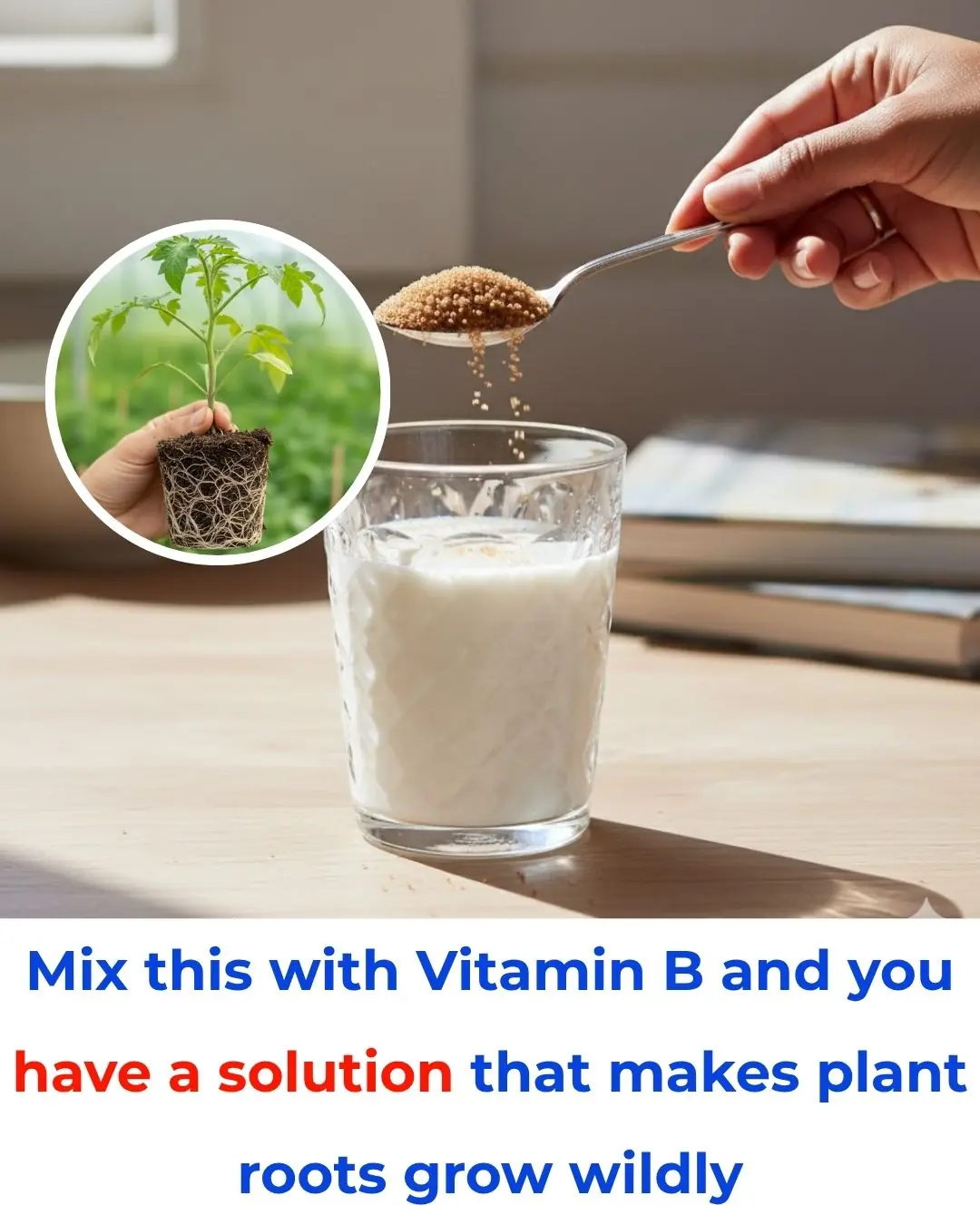
Mix this with Vitamin B and you have a solution that makes plant roots grow wildly

To make french fries, some people freeze them, others blanch them, but here's the chef's secret to making them as crispy as in restaurants

Drink Pumpkin Seed Water to Help Repair Your Body

Why do many men love married women more than single women?

Drink One Cup Daily of This Juice to UNCLOG Arteries?

Why smart people never put hot and cold water dispenser in the house? Listen to the explanation and you will understand immediately

Drop a burning match into the toilet: Just 1 minute later you will see something surprising, it immediately solves a problem every household needs

5+ Things That Men Actually Notice About Women

Eating Sesame Seeds Is Superior to Tylenol for Knee Arthritis

This Is the Most Attractive Hobby a Man Can Have, According to Women

Eat Your Way to Strong Bones: The Best Foods for Pain-Free Joints

Drink Clove Water for a Whole Month And These 5 Things Will Happen
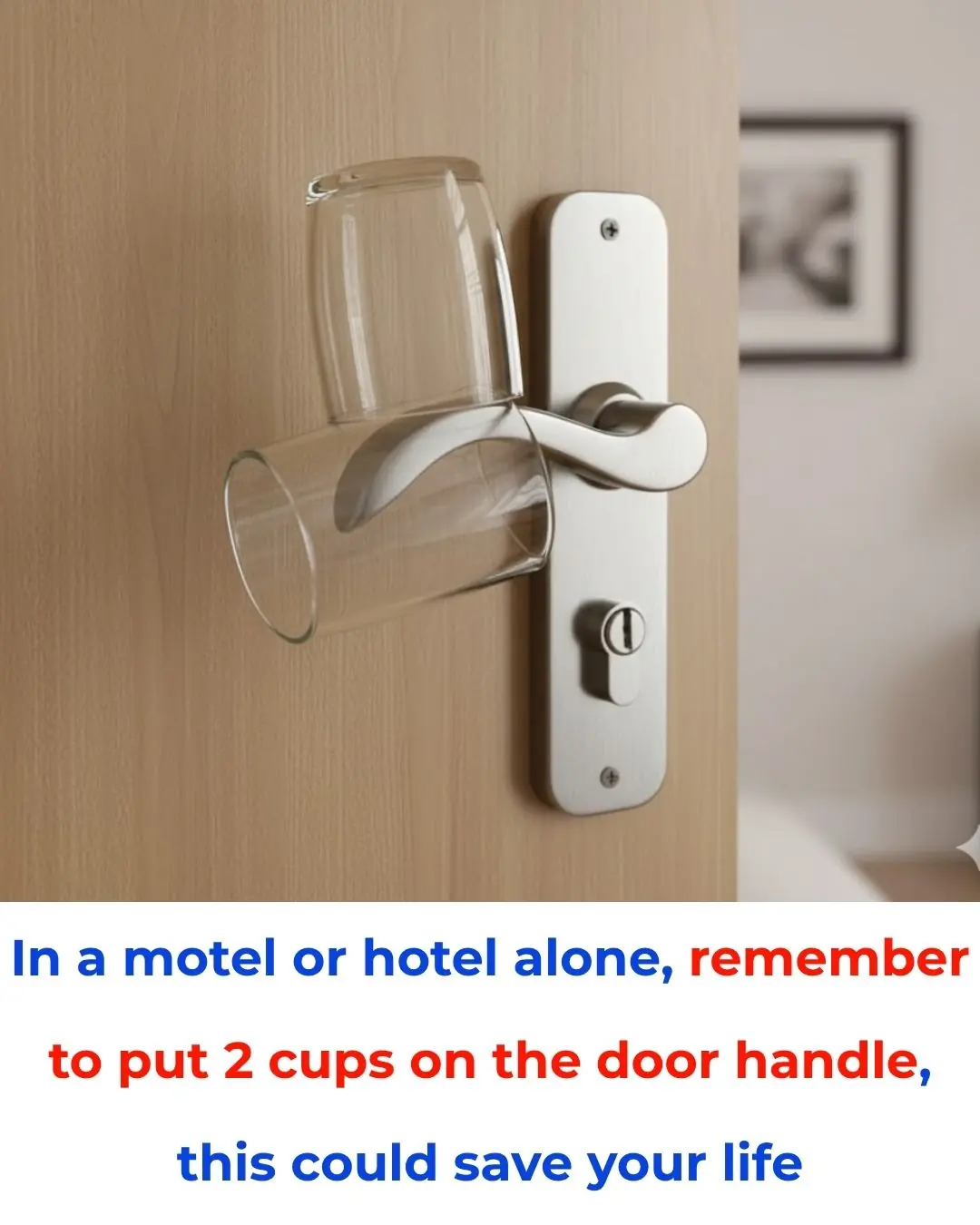
When Staying Alone at a Hotel or Guesthouse, Place Two Cups on the Door Handle—This Simple Trick Could Save Your Life

“I Grew Up With A Lot Of Ghettoness In My Life” | Cam Skattebo, The New ‘White Chocolate,’ Is The Toast Of New York
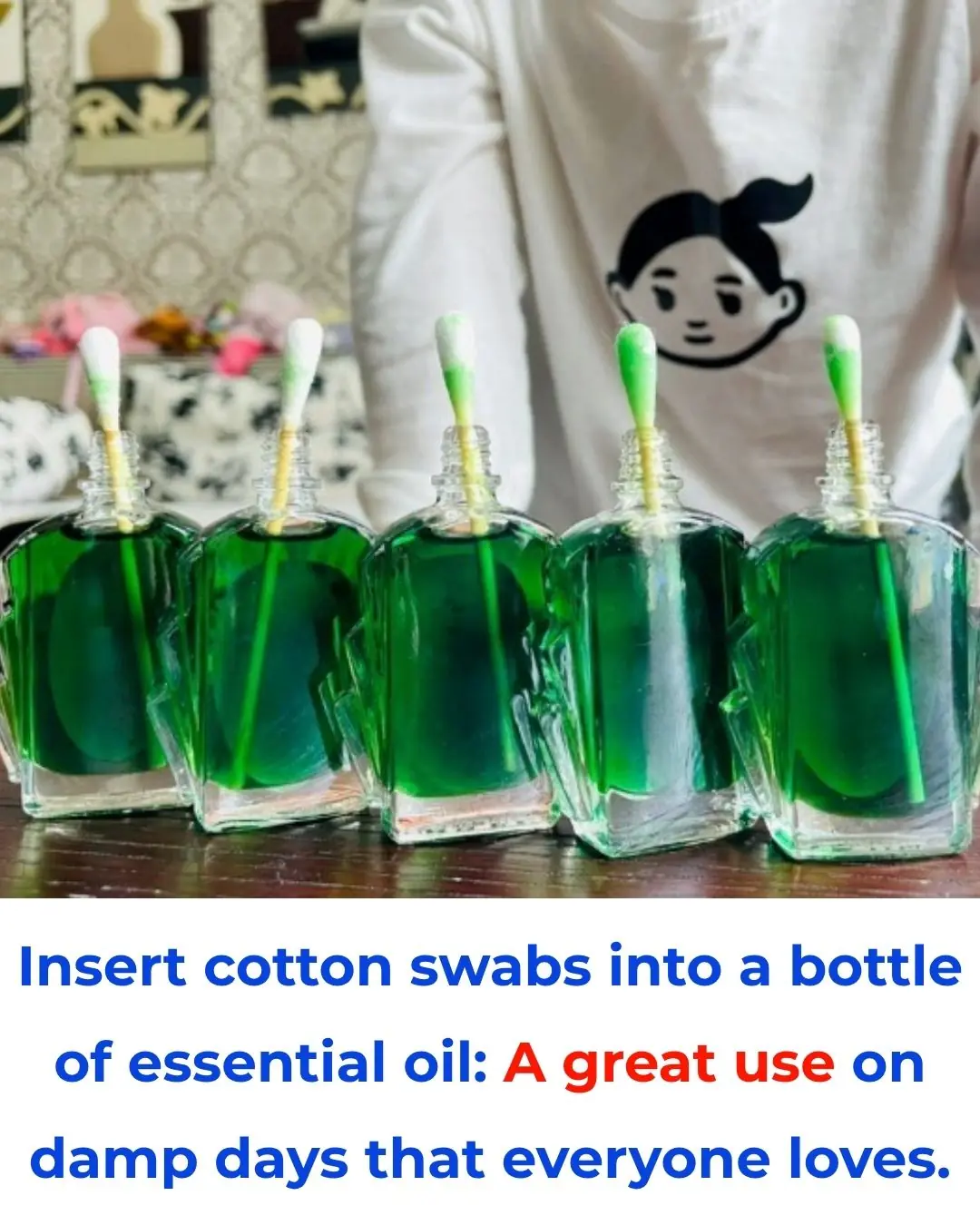
Insert a Cotton Swab into a Bottle of Balm: A Wonderful Trick Everyone Loves on Damp, Humid Days

Reporter Char Adams to Release First Full-Length Book Chronicling the History of Black-Owned Bookstores in the U.S.
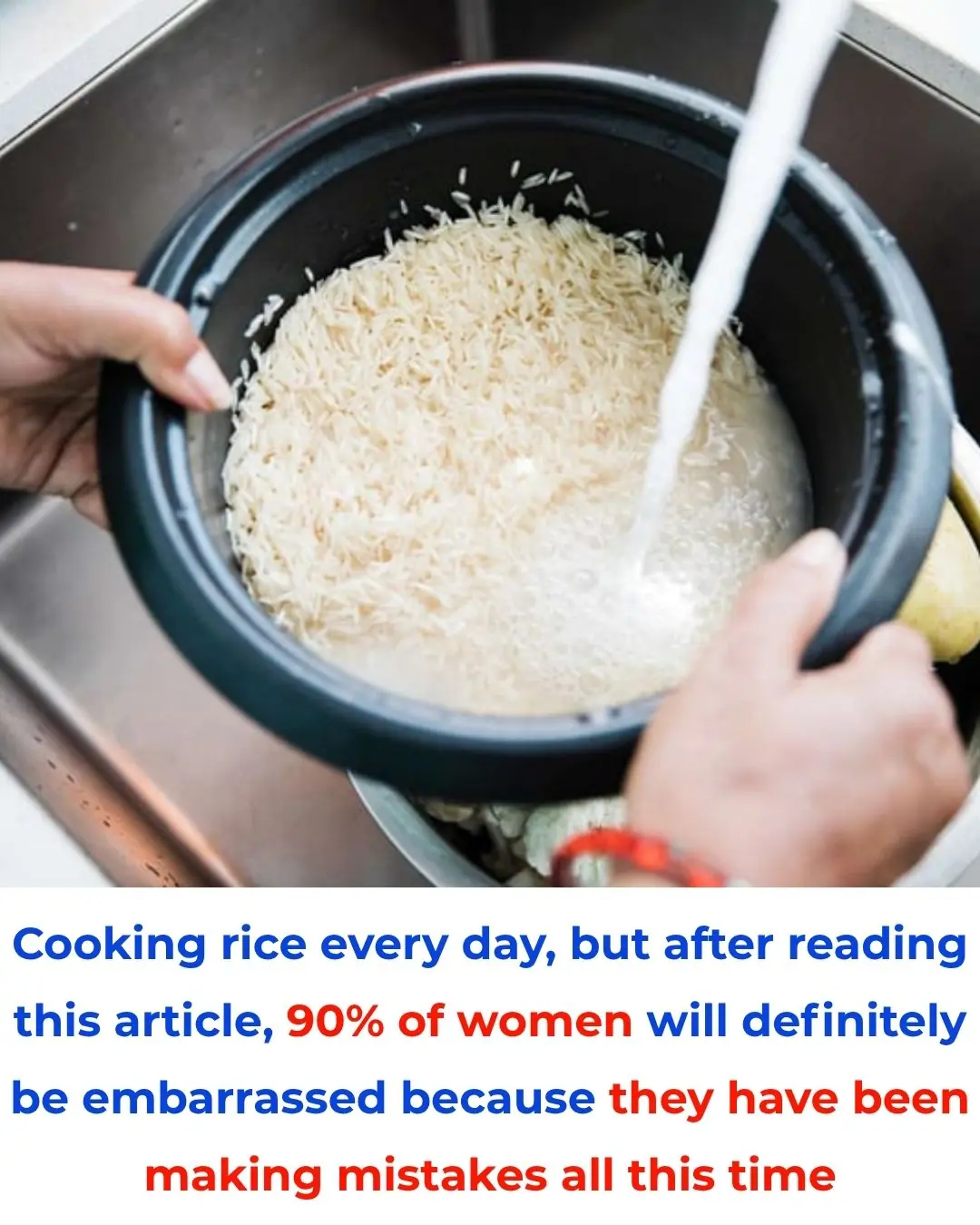
Cooking Rice Every Day? After Reading This, 90% of Women Will Feel Embarrassed for Doing It Wrong All Along
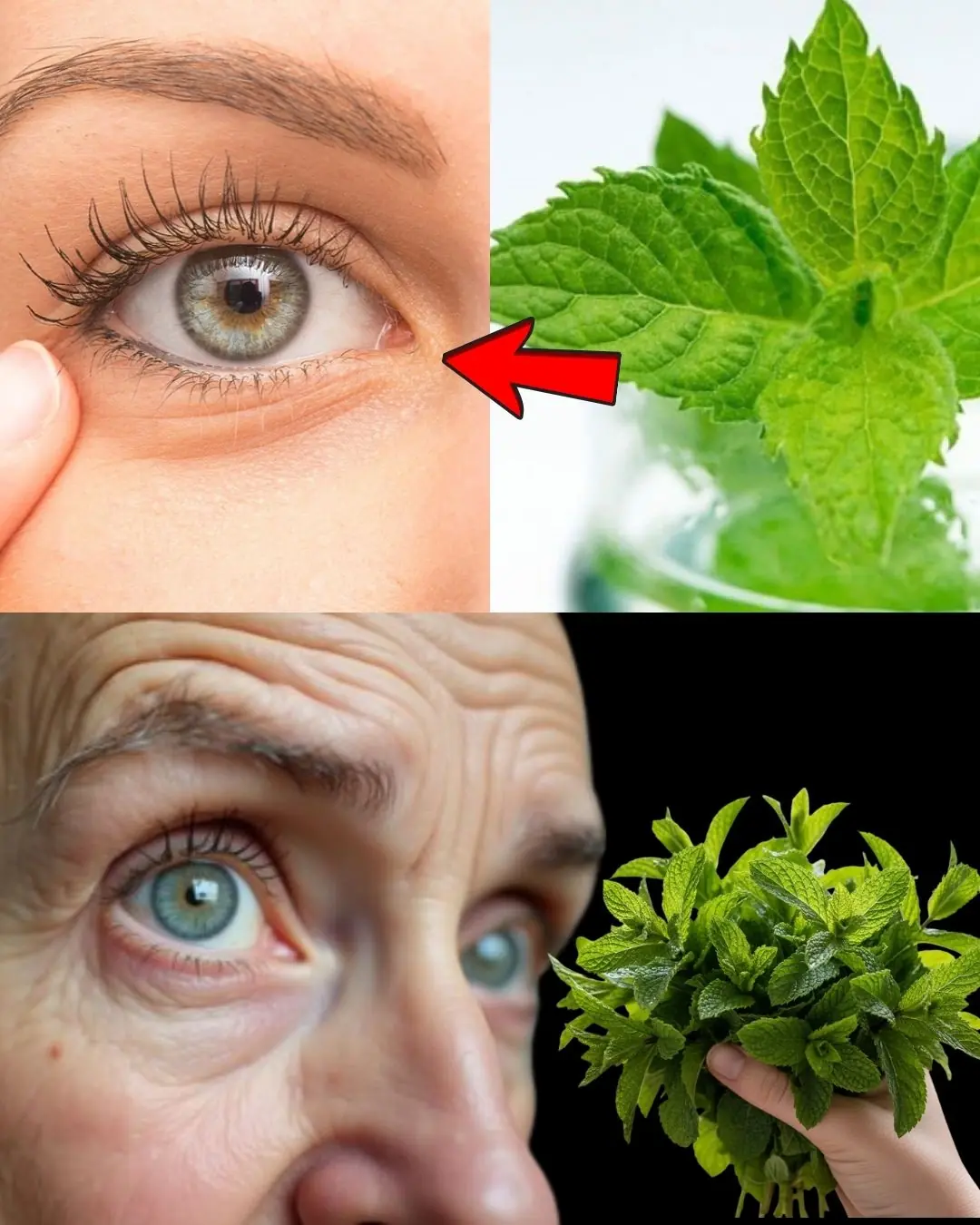
The Ultimate Herbal Eye Care Remedy: Keep Your Vision Healthy with This Simple DIY Solution

Audra McDonald Makes History as Most Tony-Nominated Performer Ever
